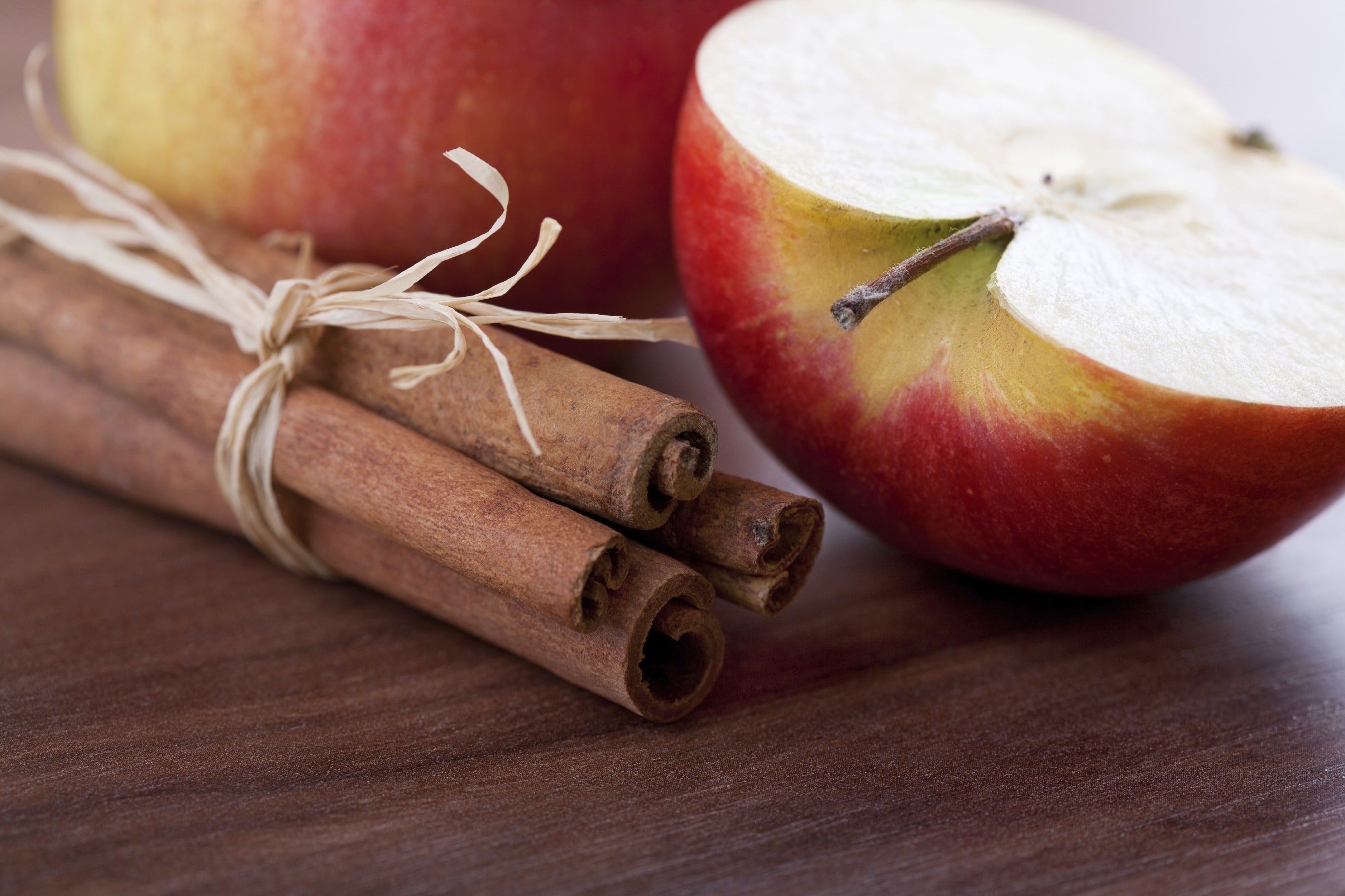
Plant Profile: Cinnamon (Cinnamomum)
from Herbalist Erin Smith
This time of year cinnamon is everywhere. The good news is it has wonderful health benefits – so no guilt about this holiday ingredient!
Cinnamon is the inner bark of small evergreen trees native to Southeast Asia. While there are many species of Cinnamomum, only a handful produce the cinnamon we know so well. True cinnamon is Cinnamomum vera and native to Sri Lanka. Today Sri Lanka still produces 90% of the world’s cinnamon. Other cinnamon varieties used around the world include Indonesian cinnamon (C. burmannii), Vietnamese cinnamon (C. loureiroi), and Chinese cinnamon (C. aromaticum). Like many of our aromatic spices from “the East”, cinnamon was shrouded in mystery and its origin was unknown to Europeans until the sixteenth century. Prized for their exotic flavors and smells, handiness in preserving food and medicinal properties, aromatic spices – including cinnamon – were in high demand and during the height of the spice trade worth more than gold.
Cinnamon has been used medicinally throughout Southeast Asia for thousands of years. In Ayurveda, it is revered for its warming properties and is used to increase circulation, especially to the lungs. It is wonderful for those with cold hands and feet and can increase circulation to joints. It’s warming and stimulating to the kidneys and liver and has been found to help boost the metabolism of fats and sugars. Recent scientific studies have confirmed these traditional uses and shown that cinnamon lowers blood sugar and helps prevent insulin resistance, making it useful in preventing and treating type II diabetes (Askari et al., 2014; Medagama, 2015). It’s commonly used to balance the digestion and help soothe stomach disorders. Traditionally it was used to relieve nausea, vomiting, bad breath, gas and bloating. Combined with other warming and antimicrobial herbs (Nabavi et al., 2015; Singh et al, 2007), such as ginger and black pepper, it can help ease the symptoms of the common cold. In India, cinnamon is often taken in honey, making it delicious and easy to take, even for kids.
In Chinese medicine it known as Rou Gui and known to affect the heart, kidney, liver and spleen meridians. It helps disperse excess cold and moves qi and blood stagnation. In both Ayurvedic and Chinese traditions, it is used to potentiate other herbs and often used in formulas.
As an expectorant, it’s excellent for chest conditions and coughs. Its demulcent and a hot tea can soothe irritated and sore throats. Cinnamon helps flush out uterine congestion, easing painful periods and amenorrhea (Marzouk et al., 2013). It is also commonly used as an aphrodisiac. Like clove and allspice it contains eugenol, which is an analgesic and antiviral (Benecia and Courrèges, 2000). Traditionally is used to ease flu symptoms and toothache pain.
On top this it is an excellent source of manganese, fiber, iron, and calcium and helps lower cholesterol (Ranasinghe, et al., 2013). So go ahead and add a little extra to all those recipes!
Caution: Cinnamon should not be taken in therapeutic doses when pregnant.
Apples with Cinnamon and Honey
4 large cooking apples
2-3 tsp. of ground cinnamon
¼ – ½ cup raw honey
4 tbsp Ghee (or unsalted butter)
½ cup chopped pecans
Peel (optional) and slice the apples, removing the core. Place in a baking dish with pecans and cover with cinnamon. Add honey to taste. If you are using sweeter apples then use less. Mix together, until the honey and cinnamon completely cover the apples. Top with ghee. Cover with aluminum foil and bake at 375 degrees until the apples are soft. Uncover and broil for a few minutes until slightly brown. Watch closely to make sure they don’t burn! Serve on its own or with some yogurt.
A version of this article was original published at integrativebotanical.com and is used with permission.
References:
Askari F, Rashidkhani B, Hekmatdoost A (2014) Cinnamon may have therapeutic benefits on lipid profile, liver enzymes, insulin resistance, and high sensitivity C-reactive protein in nonalcoholic fatty liver disease patients, Nutr Res., 34(2), 143-8.
Benecia F and Courrèges MC (2000) In vitro and in vivo activity of eugenol on human herpesvirus, Phytotherapy Research, 14(7), 495-500.
Marzouk T, El-Nemer A, Baraka H (2013) The effect of aromatherapy abdominal massage on alleviating menstrual pain in nursing students: a prospective, randomized, cross-over study, Evidence-Based Complementary and Alternative Medicine, Volume 2013.
Medagama AB (2015) The glycemic outcomes of Cinnamon: a review of the experimental evidence and clinical trials, Nutrition Journal, October, 14 (1).
Nabavi SF, Di Lorenzo A, Izadi M, Sobarzo-Sanchez E, Daglia M, Nabavi SM (2015) Antibacterial effects of Cinnamon: from farm to food, cosmetic and pharmaceutical industries, Nutrients, 7(9), 7729-48.
Ranasinghe P, Piegera S, Premakumara GA, Galapaththy P, Constantine GR, Katulada P (2013) Medicinal properties of ‘true’ cinnamon (Cinnamomum zeylanicum): a systematic review, BMC Complementary and Alternative Medicine, Vol. 13.
Shen Y, Jia LN, Honma N, Hosono T, Ariga T, Seki T (2012) Beneficial effects of cinnamon on metabolic syndrome, inflammation, pain, and mechanisms underlying these effects – a review, Journal of Traditional and Complementary Medicine, 2(1) 27-32.
Singh G, Maurya S, deLampasona MP, Catalan C (2007) A comparison of chemical, antioxidant, antimicrobial studies of cinnamon leaf and bark volatile oils, oleoresins, and their constituents, Food and Chemical Toxicology, 45(9), 1650-1661.

